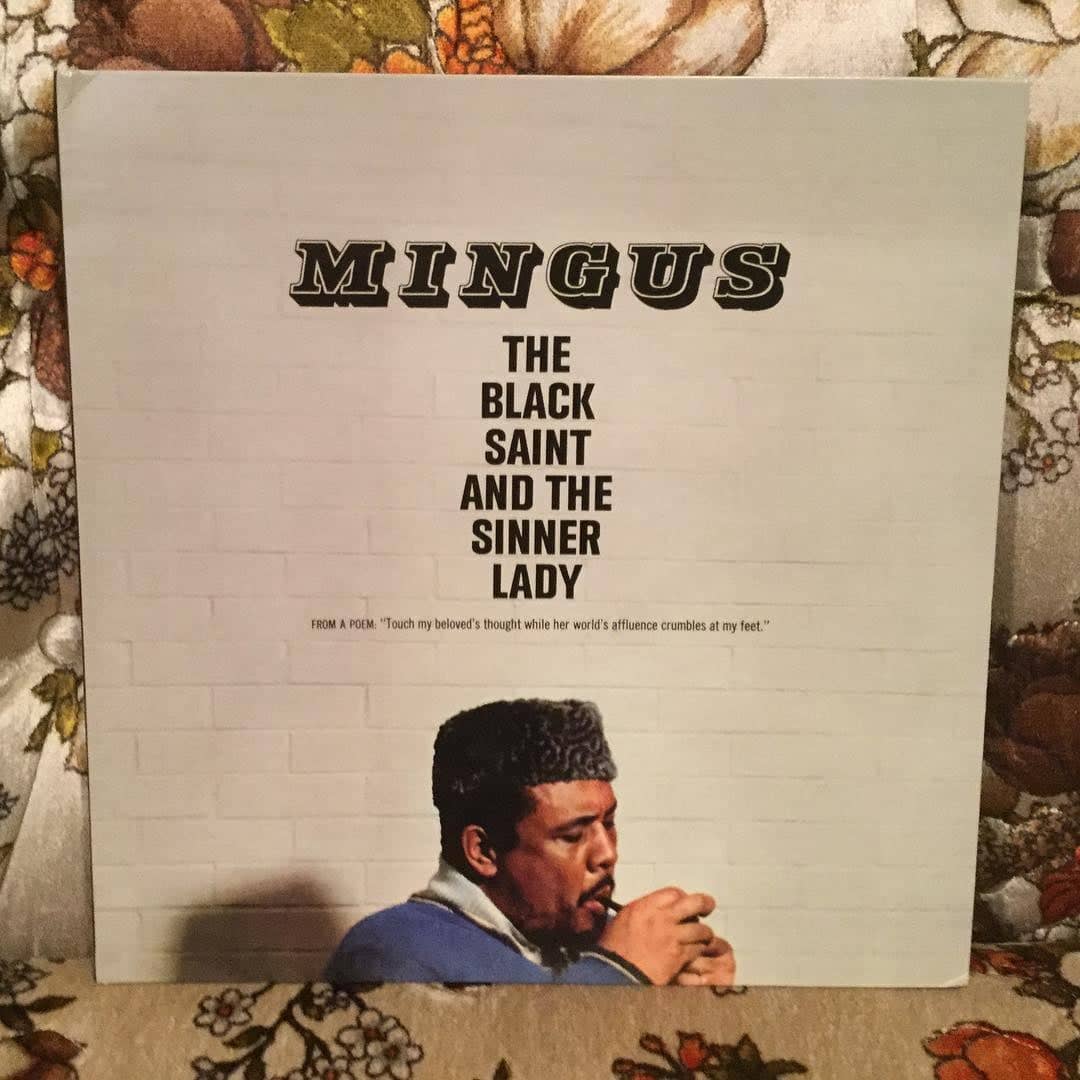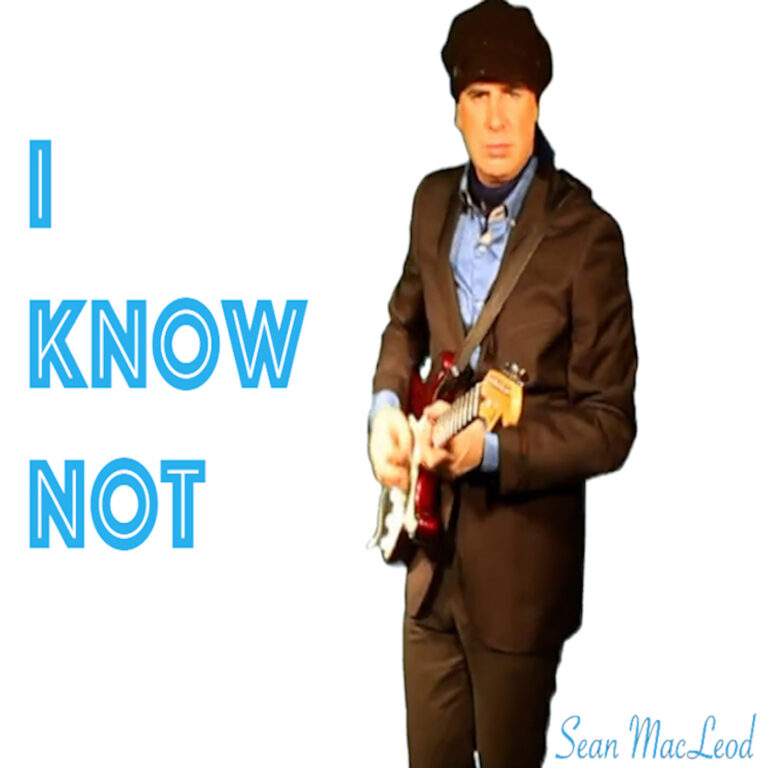A DIVE INTO THE BLACK SAINT AND THE SINNER LADY ALBUM BY CHARLES MINGUS

What constitutes an emotion, anyway? To focus a bit more, how would one characterize an emotion in terms of music? With extraordinary lyrical composition, some could argue. With extraordinarily sophisticated instrumentation, some might say. Some would even go so far as to say that the question itself is the only way to truly answer it: emotion in music can only be defined by sheer emotional willpower. Permit me to ask you another question now: which artists have attained this level of success? Of course, you could list the most illustrious and legendary musicians from every musical genre. A person with such an opinion is entitled to the same respect as everyone else. But if I were asked either of these questions, my answer would basically be the question itself, for the first of the two; in response to the second, I would mention one artist above all others: 

When I respond, I would quote Mingus’s masterwork, The Black Saint and the Sinner Lady, from 1963. A lot of people would regard Charles Mingus as a true artist. Mingus is regarded as one of the greatest composers of the 20th century by most musicians. Furthermore, his achievements as a musical technician and orchestrator propel him into the upper echelons of—dare I say it—legendary status? I’ll say it right now: Charles Mingus is a legend. The Sinner Lady and the Black Saint are the best illustration of this. Originally intended to be a ballet, this album takes cues from Latin music to Duke Ellington, among other musicians, to create a fresh, new orchestral sound that Mingus named “ethnic folk-dance music.” Since Mingus was a perfectionist and heavily relied on studio overdubbing (the first time this technique was used on an album), the album’s overall work is rich and multi-tiered. The end effect is a captivating, genuinely captivating harmonious experience that seems to encompass every range of human emotions, including happiness, excitement, rage, and sadness. An eleven-piece band plays a single, six-part suite that makes up the entire composition. Every song’s movement brims with a distinct vibe that expresses precisely the point that it is intended to. The Black Saint and the Sinner Lady has a broad range of instrumentation, which contributes to the sound’s “viscosity of virtuosity.” A variety of musical elements, such as brass or guitar solos and free-form jazz psychodrama, highlight the album’s message’s conceptual nuance and constant change. How powerful a message that is. Despite being purely instrumental, The Black Saint and the Sinner Lady is widely regarded as one of the best examples of music having the ability to communicate without using words. It goes without saying that this album is flawless, so you really should listen to it. What will you be listening to, specifically? As was already mentioned, the album’s four songs are divided into eleven movements altogether. The Black Saint and the Sinner Lady alternates repeatedly through tempo changes and feeling changes as your mood may reflect while indulging in the album. “Track A- Solo Dancer” opens the album, and “Mode D- Trio and Group Dancers” ends with the final movement, appropriately titled “Of Love, Pain, and Passioned Revolt, then Farewell, My Beloved, ’til It’s Freedom Day.” The praise for this record is so immense that it is very hard to articulate. Just look at how amazing it is. Even though this review is incredibly brief, in fact—I hope you, will be able to understand the modest viewpoint of this: A memorable experience is The Black Saint and the Sinner Lady. Consequently, I could never be able to adequately convey the perfection in words. of the aforementioned encounter. I implore anyone who glances over this review to check out this album. This is the record for you if you want to hear the exact moment when Charles Mingus evolved from his beginnings as a straightforward jazz bassist to something much more. Still, this album will serve you well if all you want to do is dive into some incredible music. I suppose you could call this a “win/win” scenario in colloquial terms.



